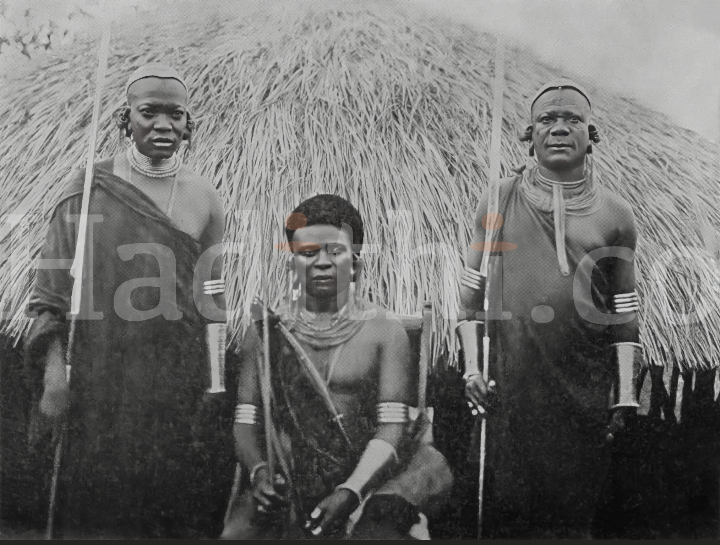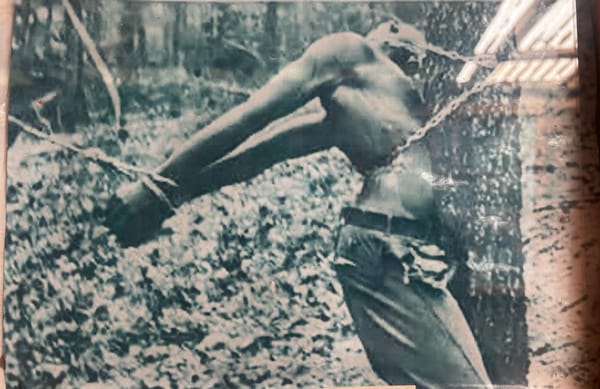KIKUYU COMMUNITY TRADITIONAL HOUSE AND LEADERSHIP
A photo captures the Kikuyu chief alongside two elders from his council, standing outside a traditional roundhouse called "thingira," which was common in the Kikuyu community.

Introduction
In the heart of Kenya, the Kikuyu community has a rich cultural heritage that is deeply intertwined with its traditional architecture and social structures. A poignant photograph captures a Kikuyu chief flanked by two elders from his council, standing outside a traditional roundhouse known as a "thingira." This imagery serves as a window into the values, lifestyle, and architectural practices of the Kikuyu people, highlighting the importance of community, leadership, and the environment in their way of life.
The Kikuyu Chief and Elders
The Kikuyu chief symbolizes authority and governance within the community. His role extends beyond mere leadership; he acts as a mediator, a custodian of traditions, and a representative of the people’s interests. The elders accompanying him are key figures in decision-making, revered for their wisdom and experience. Together, they embody the collective memory and cultural continuity of the Kikuyu, guiding generations through oral traditions and communal practices.
The Thingira: A Symbol of Kikuyu Architecture
The "thingira" is more than just a house; it is a representation of the Kikuyu way of life. Traditionally, these roundhouses were constructed using locally sourced natural materials, including:
- Mud: Used for walls, providing insulation and a natural aesthetic.
- Grass: Often used for thatching roofs, it was both practical and readily available.
- Wood: Employed for structural support and decorative elements.
Design Variations
The design of thingira varied significantly based on local climate conditions and the lifestyle of the people. In drier regions, thicker walls might be utilized to retain coolness, while in areas with heavy rainfall, sloped roofs would help prevent water accumulation. This adaptability showcases the ingenuity of the Kikuyu in harmonizing their habitats with their environment.
Cultural Significance
The round shape of the thingira holds cultural significance. It symbolizes unity and togetherness, reflecting the community's emphasis on collective living. Inside, the layout is typically organized around a central hearth, which serves as the heart of the home, promoting warmth and social interaction.
The Lifestyle of the Kikuyu Community
The Kikuyu people are predominantly agriculturalists, and their lifestyle revolves around farming, livestock rearing, and trade. The design and construction of their homes are closely linked to their agricultural practices, as the availability of resources influences both the building materials and the layout of their villages.
Community and Family Life
In Kikuyu culture, family and community are paramount. The thingira often houses extended families, reinforcing bonds and shared responsibilities. Social gatherings, rituals, and celebrations are frequently held in and around these homes, further emphasizing the role of architecture in fostering community cohesion.
Conclusion
The photograph of the Kikuyu chief and elders standing proudly before a thingira encapsulates the essence of Kikuyu identity. It speaks to a rich tradition of leadership, community, and sustainable living. As modernization encroaches upon traditional lifestyles, the Kikuyu community continues to find ways to honor their heritage while adapting to contemporary challenges. The thingira remains a powerful symbol of their resilience, unity, and deep connection to the land.




